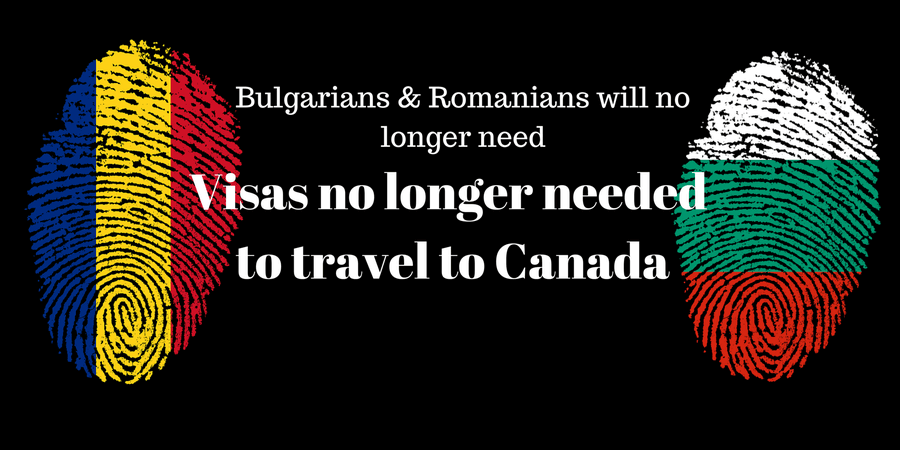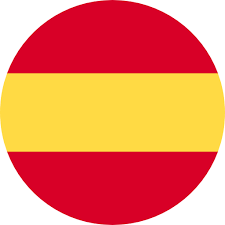The government of Canada is set to expel Romania and Bulgaria from the list of nations whose citizens require visas in order to visit Canada. Immigration Minister John McCallum is in Brussels this week, where it is expected that progress will be made on determining a long-standing visa debate with the two Eastern European nations, both of which are individuals from the European Union.
 In April of this year, the United States and Canada were granted an additional three months to adhere to the European Union’s policy of visa correspondence.
In April of this year, the United States and Canada were granted an additional three months to adhere to the European Union’s policy of visa correspondence.
It is undecided if the EU will follow through to force correspondence, given the potential financial and political aftermath that could take place after such a move. With an October signing date now set for the Comprehensive Economic Trade Agreement (CETA), Canada must act by lifting the visa prerequisite, or risk a veto by nations who don’t value their residents being dealt with as second-class EU subjects.
The European Commission’s choice this week to propose CETA as a ‘mixed’ understanding, concerning locale, implies the European Council must act by agreement to endorse the trade deal for ratification. In the event that a few nations decline to sign, they can successfully veto the arrangement. That would mean Canada’s formal signing in October could be deferred or cancelled altogether.
The government of Romania has already expressed that its backing for CETA might be connected with Canada’s ability to lift the visa necessity.
If the visa requirement for Romanians and Bulgarians is lifted, the two biggest consequences would be that it will be simpler and less expensive for Romanians and Bulgarians to visit Canada briefly, and it will be more direct for them to apply for Canadian work permits. They would no more need to apply for a TRV to visit, study, or work in Canada. Rather, they will essentially need to apply for an Electronic Travel Authorization (eTA) if heading out to Canada via air, a necessity for all voyagers from visa-exempt nations other than U.S. nationals. If travelling via land or sea, they would just need their travel documentation (i.e. international ID) checked at a Canadian Port of Entry.
]]>



